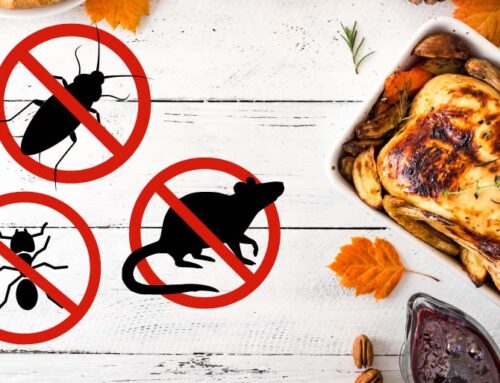As the temperature drops in Iowa City, IA, fall pests such as spiders and rodents start invading homes in search of warmth. These uninvited guests can cause significant discomfort and pose health risks.
Effective fall pest treatment begins with understanding these pests’ behaviors and common entry points. While natural shelters like trees and rocks provide refuge, our homes often become their favorite spots for overwintering.
To help you keep your home safe and cozy, we’ve gathered effective pest control tips that will help you keep these intruders at bay. Read on to discover how to prepare your home for the fall season.
Common Fall Pests
Before diving into our fall pest prevention tips, it’s essential to recognize the common pests of the fall season in Iowa City, IA, and nearby areas. Understanding these pests and their behaviors will better prepare you to safeguard your home against them. Here are some of the typical fall intruders:
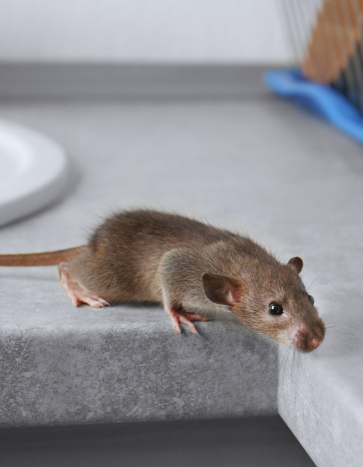
Mice
Mice are frequent fall invaders, searching for warmth and food. They can squeeze through tiny openings to enter homes and typically nest in walls, attics, and basements.
These rodents can cause damage by gnawing on materials and wires, and they carry diseases that pose health risks to humans.
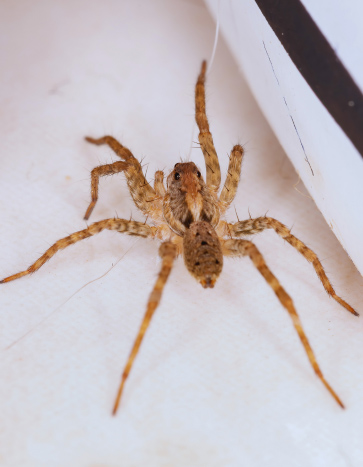
Spiders
As the weather cools, spiders often seek indoor refuge, becoming more noticeable. While most spiders are harmless and help control other insect populations, their presence can be unsettling for many homeowners.
Common indoor species include house spiders and cellar spiders. However, a few, like the black widow and brown recluse, can pose more significant risks due to their venom.
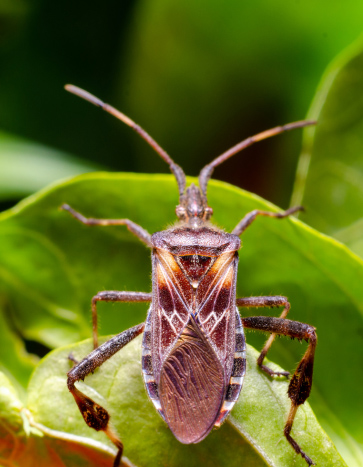
Western Conifer Seed Bugs
These sizeable brown bugs are notable for the leaf-like extensions on their hind legs.
As the temperature falls, they seek refuge indoors, often slipping through small gaps. They primarily feed on conifer tree seeds. Though they don’t pose a danger, they release a pungent smell when threatened.
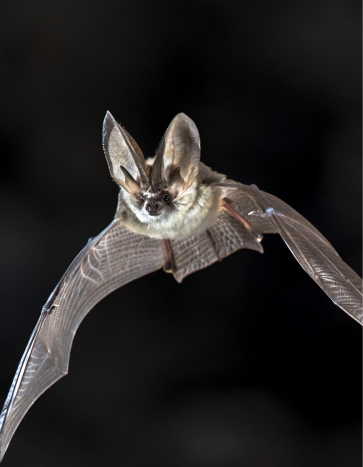
Bats
Bats are essential for keeping insect populations in check but can become problematic when they roost inside homes.
These creatures can enter through tiny gaps in roofs or eaves, and their droppings (guano) may lead to respiratory problems. While they are beneficial outdoors, it’s important to prevent bats from establishing themselves in your living areas.
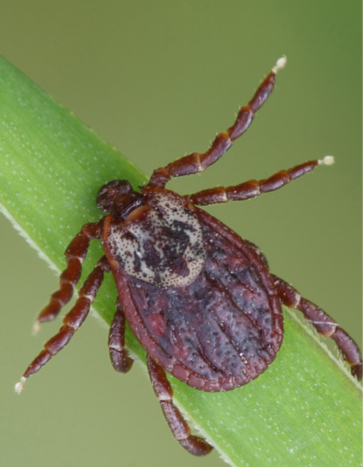
Ticks
Ticks are small arachnids known for transmitting diseases such as Lyme disease. Although they are more active in warmer months, some species remain a threat into the fall.
Ticks attach to people and pets to feed on blood and are typically found in tall grass, leaf litter, and wooded areas.
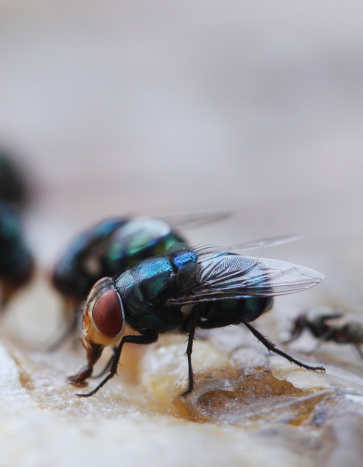
Cluster Flies
Cluster Flies are somewhat larger than common house flies and move more slowly. They seek to hibernate indoors during the fall, often hiding in attics, wall cavities, and unused rooms.
Although they are not a health threat, they can be a nuisance when they gather in large groups.
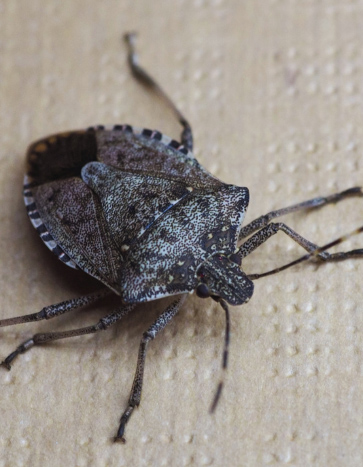
Brown Marmorated Stink Bugs
These bugs are brown and shield-shaped and are known for seeking shelter in homes during the fall. They release a strong odor if disturbed or crushed.
They look for warm areas and typically enter through small cracks around windows, doors, and foundations.
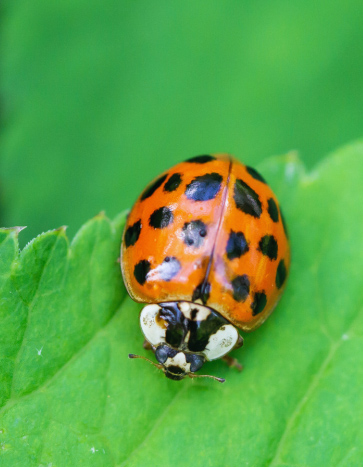
Multicolored Asian Lady Beetles
Often mistaken for native ladybugs, these beetles can be identified by the distinctive “M” or “W” shape on their pronotum.
While they are beneficial for controlling pests outdoors, they can become problematic when they swarm homes in large numbers during the fall.
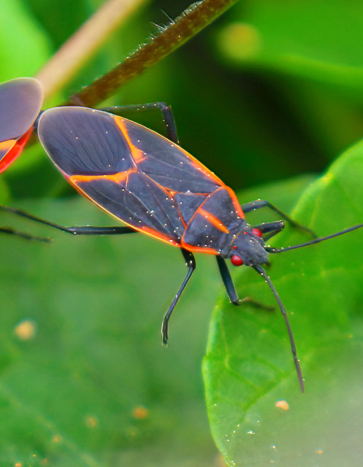
Boxelder Bugs
Boxelder Bugs are notable for their black bodies highlighted with red-orange streaks, commonly seen on boxelder trees.
As fall approaches, they often assemble in large numbers on sunlit walls and can make their way indoors. Though they do not pose a threat, they can be quite a nuisance.
Knowing the traits and behaviors of these common fall pests is key to protecting your home. Now that you’re aware of the types of pests that can appear during the fall, it’s essential to understand how they enter your living space.
In the next section, we will look into the various entry points and seasonal behaviors that allow these pests to get into your home.
How Fall Intruders Enter Your Home
As the weather cools, animals and insects seek shelter, making it crucial to understand how they invade your home. This section outlines common entry points and seasonal behaviors of pests, providing valuable insights for effective fall pest management.
Common Entry Points for Pests
Fall pest intruders can use various entry points around your home. Even the smallest cracks and gaps can serve as doorways. Typical access points include:
Seasonal Behavior of Pests
With the onset of autumn and dropping temperatures, pest behavior shifts, increasing their tendency to seek indoor shelter. Recognizing these behavior patterns is crucial for creating effective prevention strategies:
Recognizing entry points and the seasonal habits of pests allows you to take proactive steps to safeguard your home. In the following section, we will provide practical tips for fall pest prevention to help keep your home pest-free.
Effective Fall Pest Prevention Tips
Now that you know which pests are most common in the fall and how they enter your home, it’s time to take proactive steps to prevent them. Implementing effective pest prevention measures can help keep your home safe and pest-free. Here are some essential pest control tips to help you protect your home this fall.
Seal Entry Points
To effectively prevent fall intruders, start by blocking their entryways into your home. Sealing gaps and cracks can greatly reduce the likelihood of pests making their way inside. This is a key part of any fall pest control strategy.
Maintain Cleanliness
Keeping your home clean makes it less inviting to pests. By eliminating sources of food, water, and hiding places, you can effectively deter these intruders. Regular cleaning is a key strategy in pest prevention.
Proper Storage of Food and Waste
Managing how food and waste are stored is vital to prevent pests. By restricting their access to these sources, you can substantially reduce the chance of an infestation.
Outdoor Maintenance
Maintaining your outdoor area is crucial to keeping pests from entering your home. By managing your home’s exterior, you create a barrier that deters pests.
Regular Pest Inspections
Routine pest inspections are essential to catch problems early and prevent serious infestations.
By following these fall pest prevention tips, you can make your home less appealing to pests. Next, we’ll look at how pests can affect your health and property, underscoring the importance of these preventive measures.
Understanding the Impact of Fall Pests
Pests can significantly affect both your home and your health. Recognizing these impacts emphasizes the importance of comprehensive pest prevention and control. Let’s explore the health risks and potential structural damage caused by common fall pest intruders.
Health Risks
Autumn pests can pose several health threats to you and your family:
Structural Damage
Pests can cause serious harm to your home, resulting in expensive repairs and safety concerns:
Understanding these dangers underscores the need for proactive pest control measures. In the next section, we’ll cover the importance of professional pest control services and when to consider calling in experts to protect your home.
Professional Pest Control Services
While DIY methods can tackle minor pest issues, professional help is often needed for comprehensive pest management. This section outlines when to contact experts in Iowa City, IA, and the advantages of their services, especially for fall pest problems.
When to Call a Professional
Effectively managing pests sometimes requires knowing when to seek expert intervention. Here are situations where professional help becomes essential:
Benefits of Professional Pest Control
Hiring professional pest control services provides several benefits:

About the Author
Derek Brownmiller, Area Manager at Bobcat Wildlife & Pest Management, leads with 16+ years in wildlife and pest control. Licensed and experienced, his Iowa City-based team excels in comprehensive, customer-focused solutions. Their mission: superior service in Iowa City and beyond, ensuring homes are safe from wildlife and pests.

